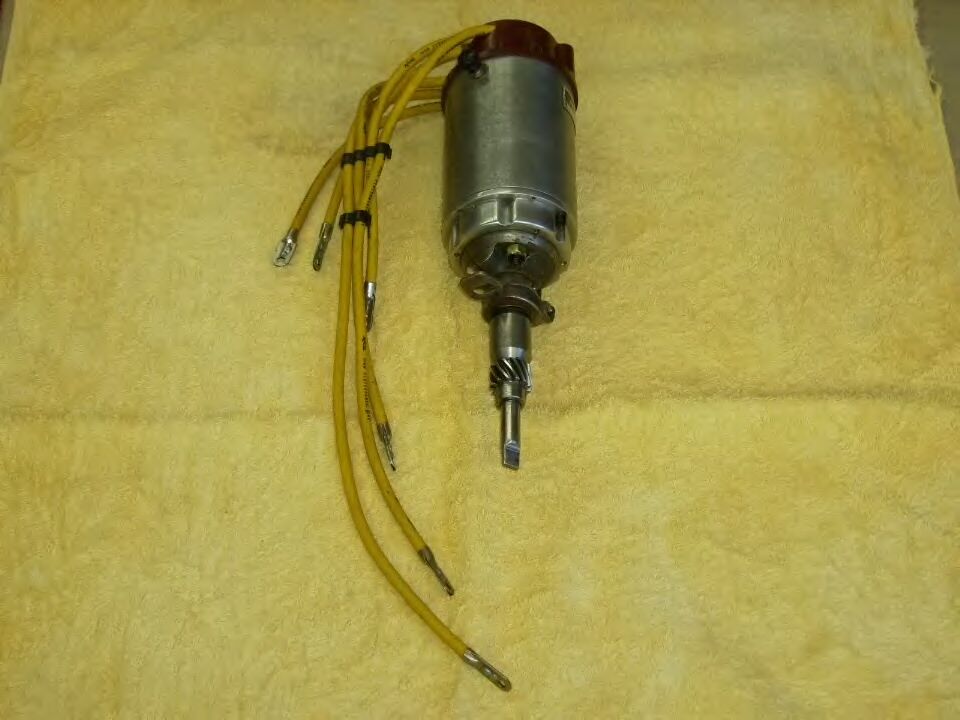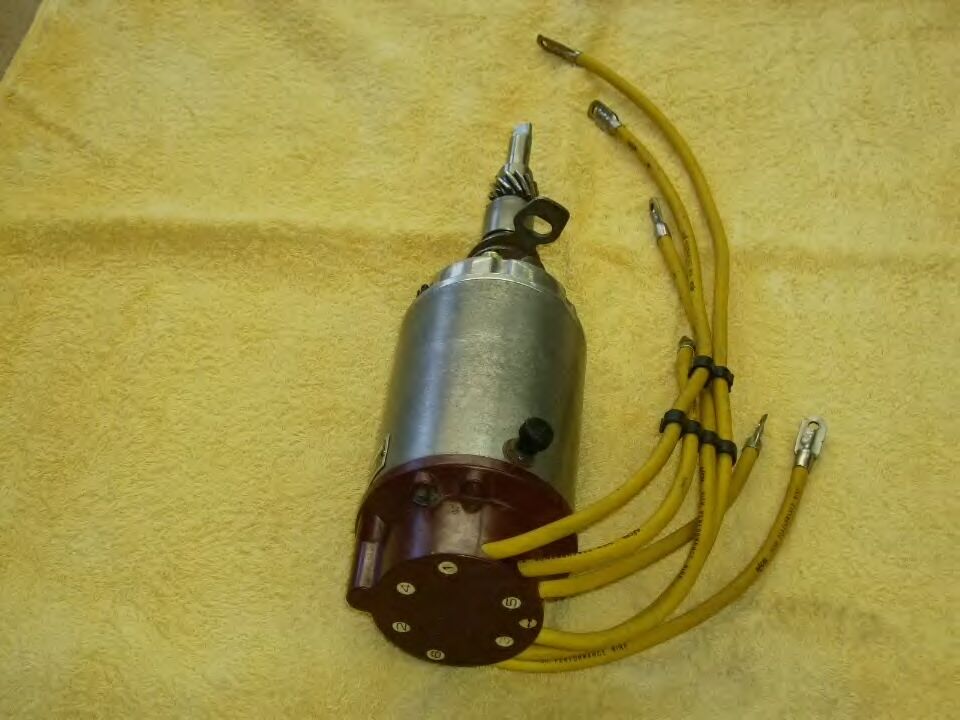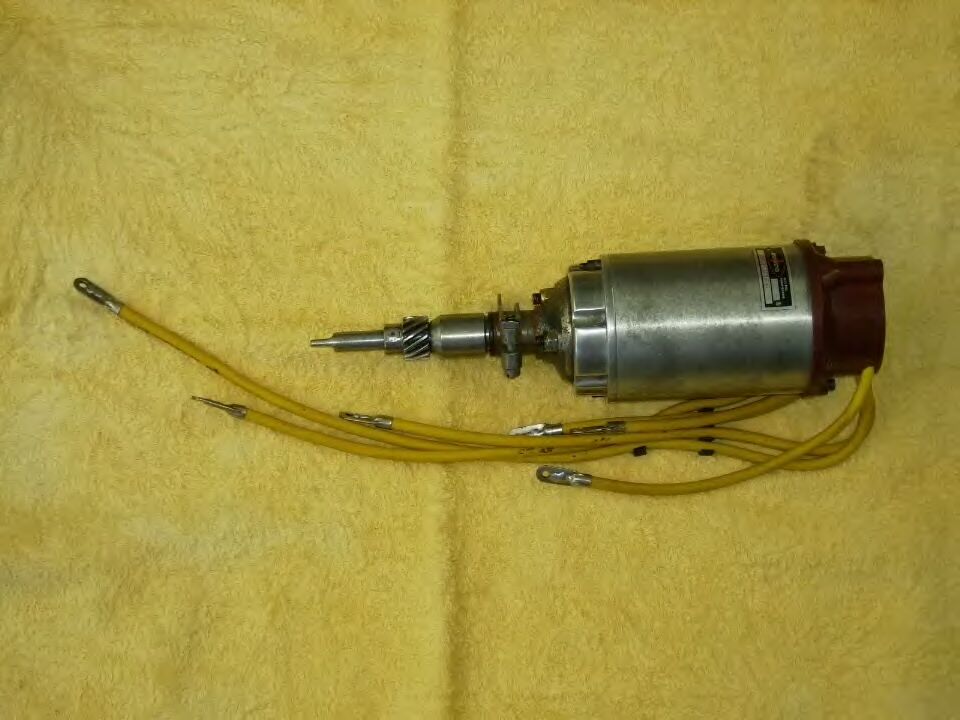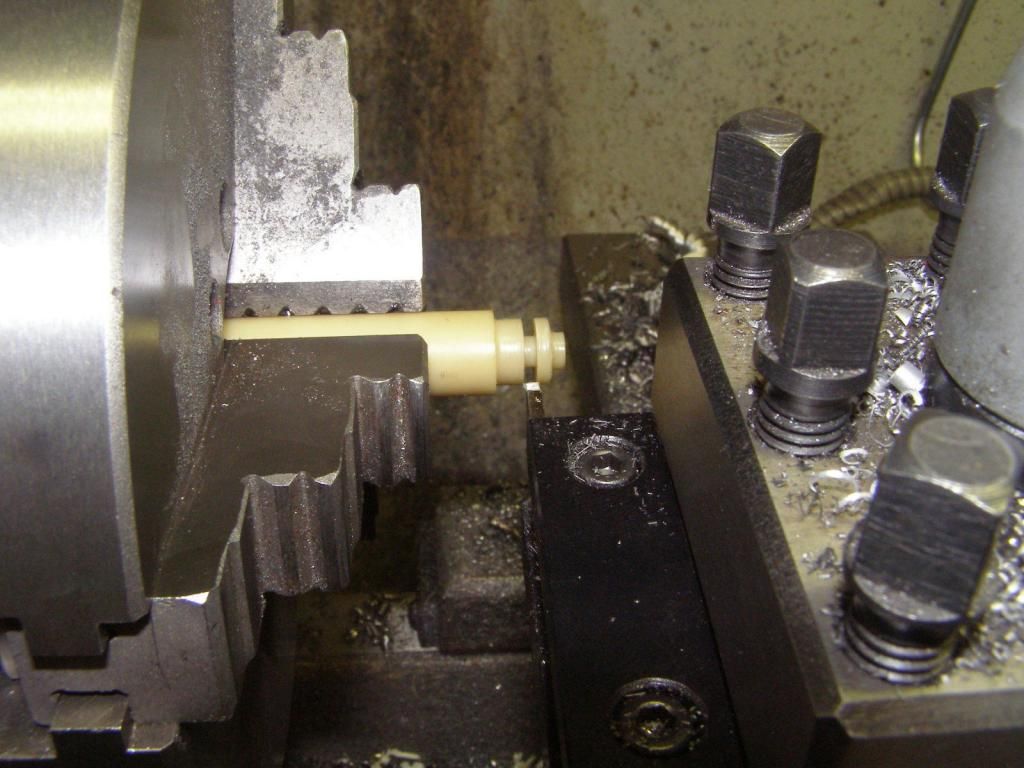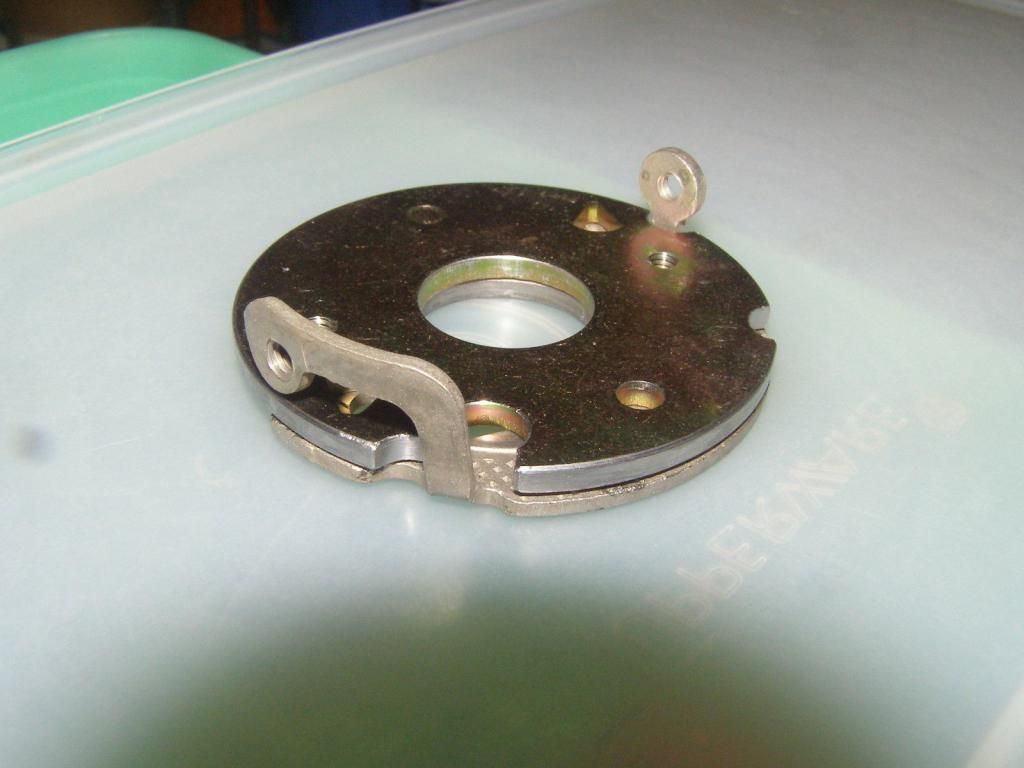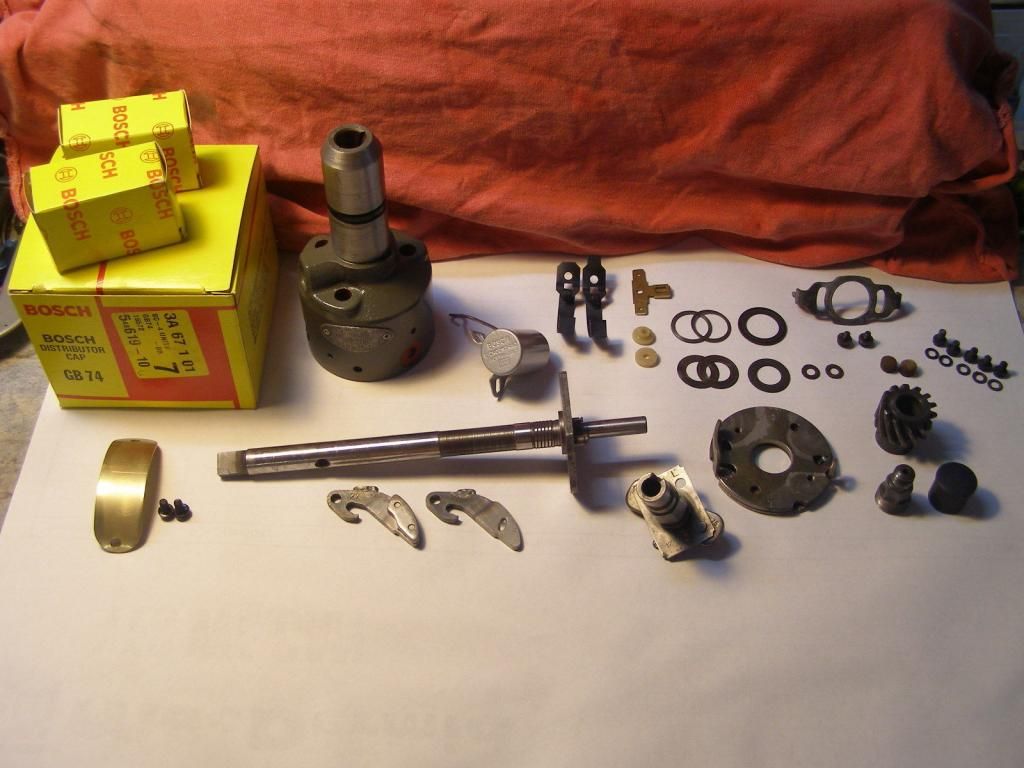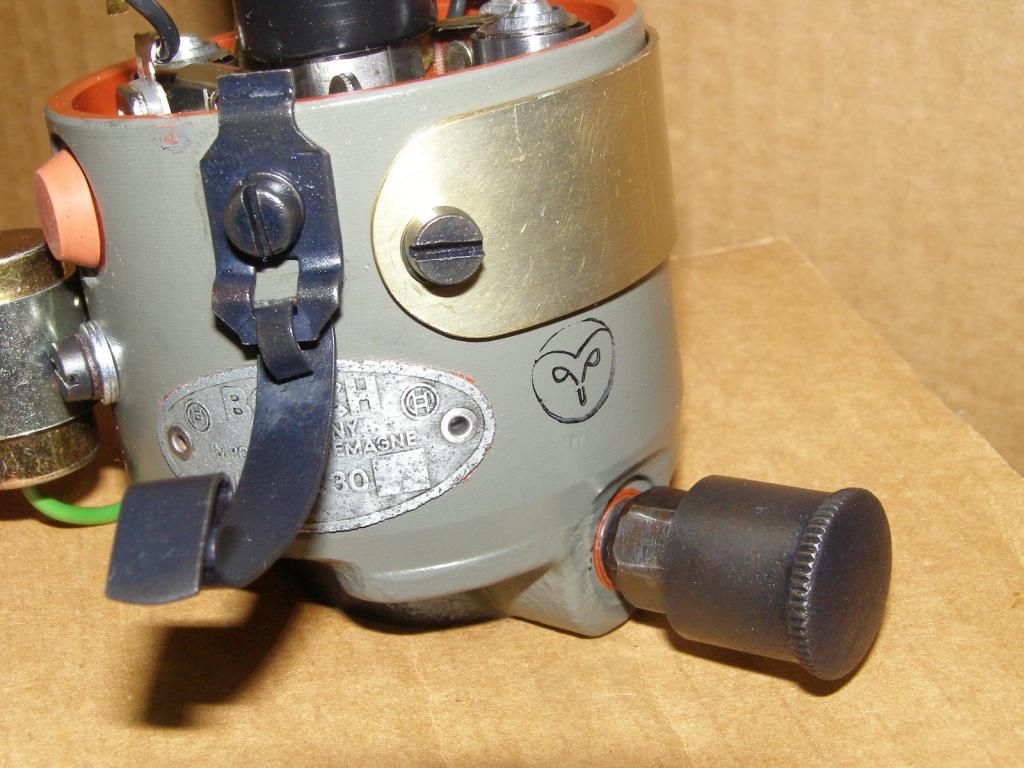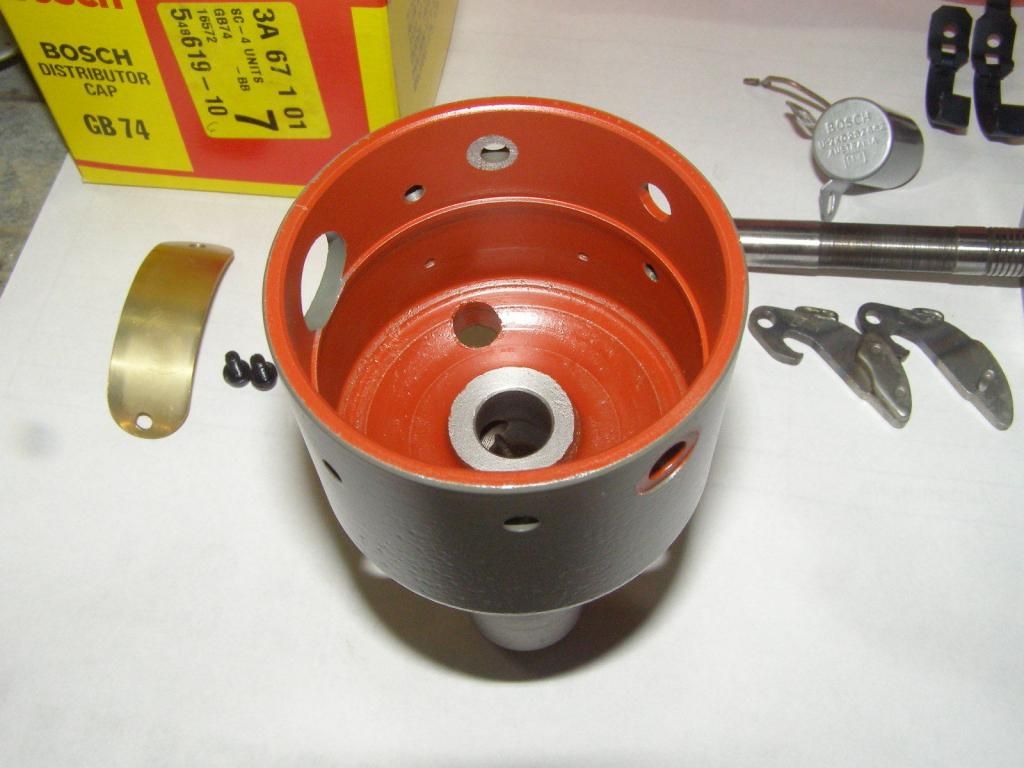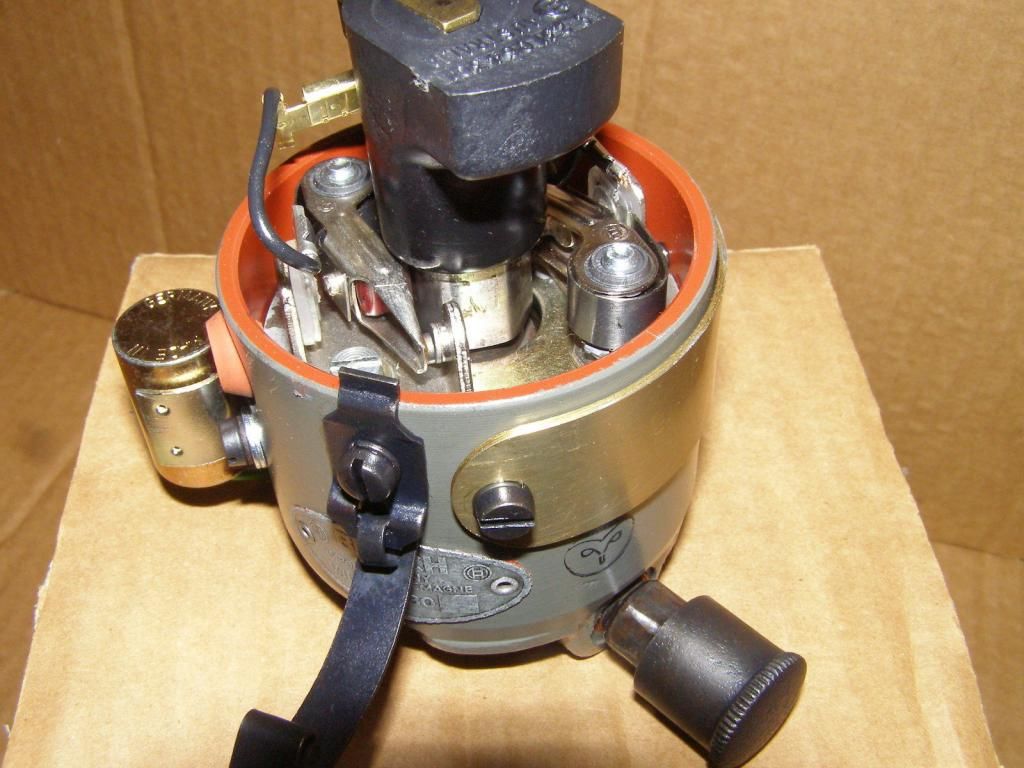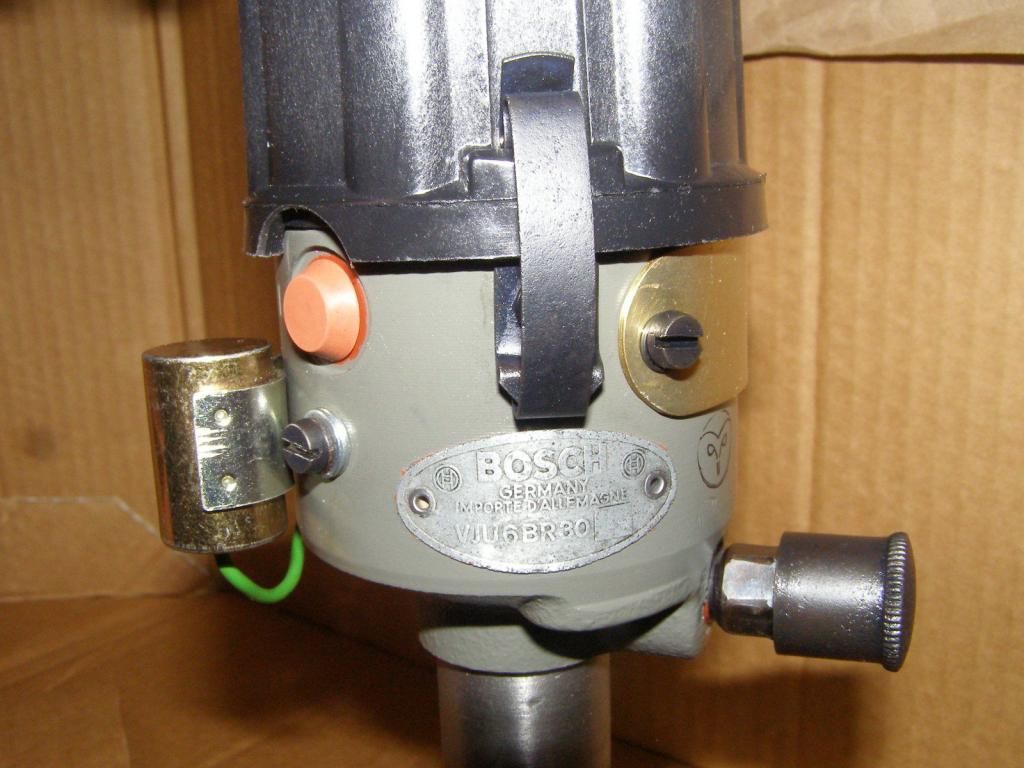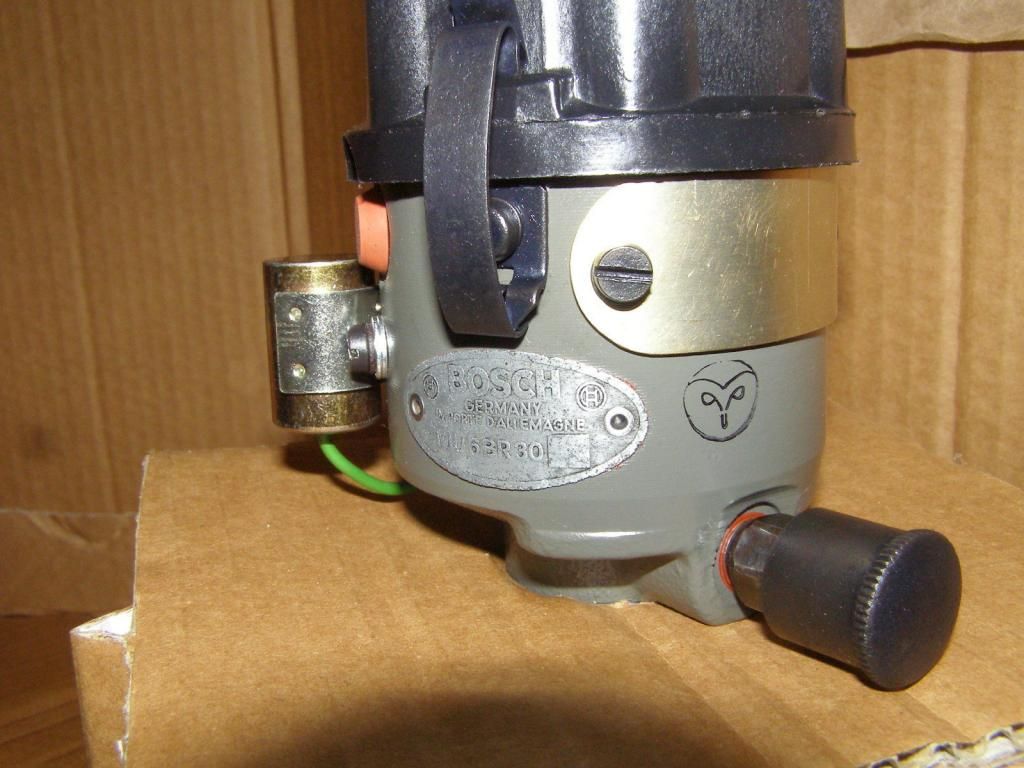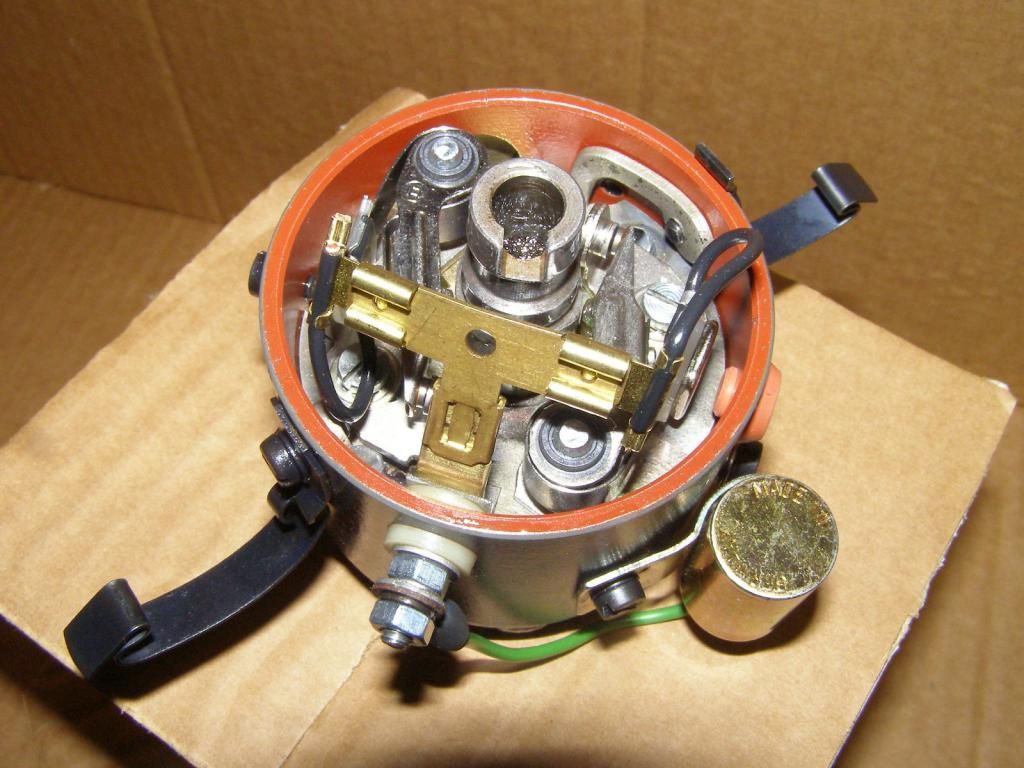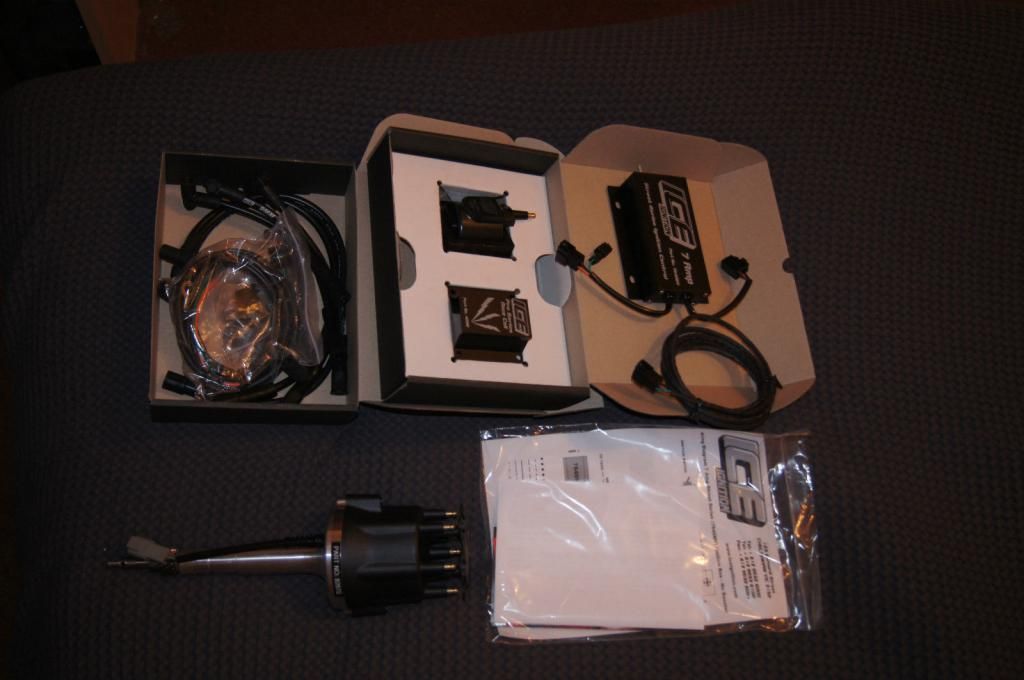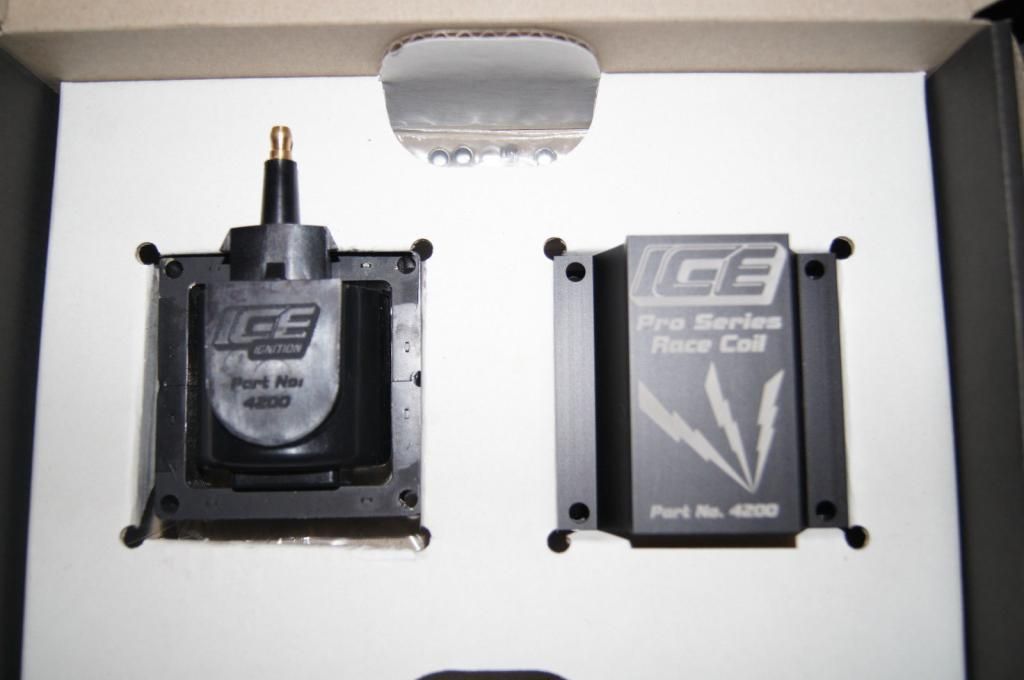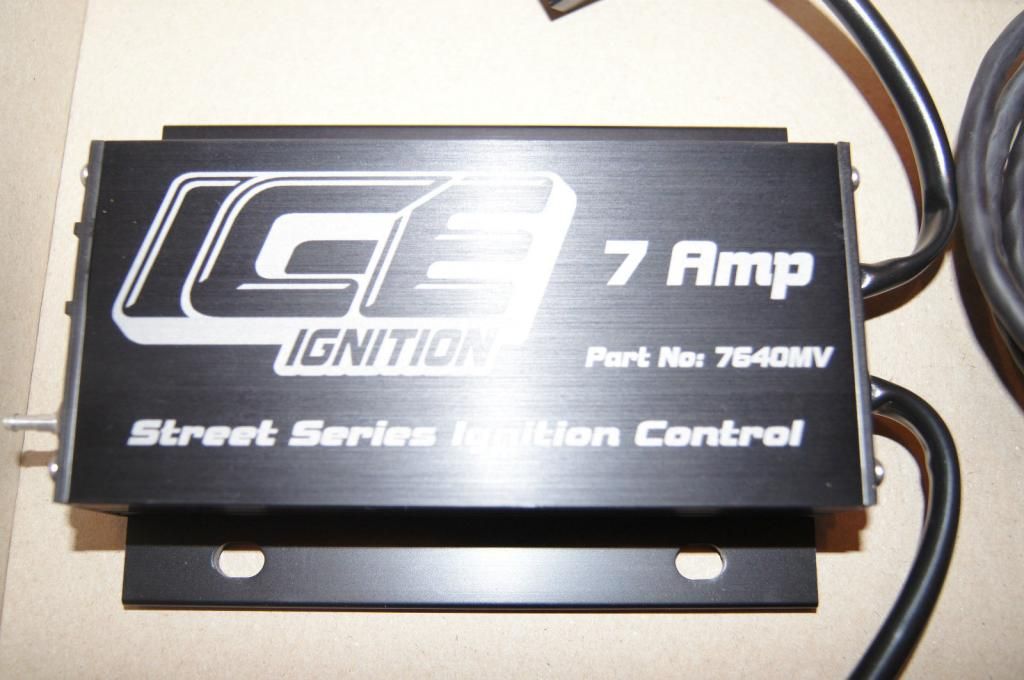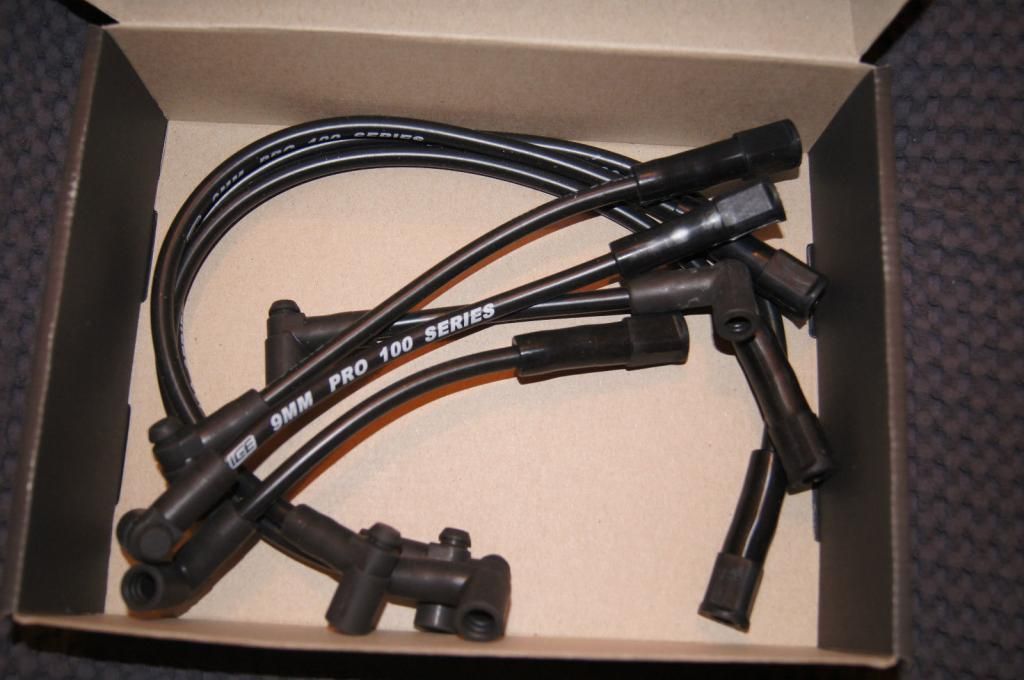Harv wrote:As the magnets rotate, they are sensed by another small box (or sensor) mounted in the dizzy using the Hall Effect. Hall Effect dizzies are nothing new – they were offered by Holden from around 1980 starting with the WB and VC Commodore blue engines, and continued through the VH (blue) and VK (black) Commodores (they were also used on JB and JD Camiras… but best not to mention those). In very simple terms, the Hall Effect unit has a set of magnets spinning on the dizzy rotor, one for each cylinder (kind of like normal dizzy cam lobes). As the rotor spins and a given cylinder’s magnet passes the sensor, the sensor gets excited and switches off current to the coil (kind of like the points opening).
Harv (deputy apprentice sparkplug tester)
I'll begin by congratulating you Harv, on a job well done. I think everyone on this forum admires your dedication & level of research as well as your clear & concise writing style. An absolute asset to the forum.
As many of you would know I've worked in both the electronics & automotive fields for nearly 45 years, 38 of those in my own business. If you include my teen years spent tinkering at home that number exceeds 50 years. With this background I've read your 'enthusiast's guides' with more than passing interest. I've often thought that I should throw in my 2 cents worth, but it hasn't been required up until now.
Don't take this as criticism, just use it to increase our combined wealth of knowledge, but I have a few comments re: the above quote.
You've confused or combined 2 different ignition sensing styles in comparing the Blue 6/V8 distributor to that of the JB & early JD Camira. The distributors fitted to WB/VC/VH (6 & V8), VK (EFI 6 & V8 only) & VL (carby V8 only), all use a reluctor type pick-up for sensing timing position which then drives a separate module to fire the coil. Early Camiras use a Hall Effect system.
The reluctor system uses a 6 pointed rotor which rotates inside a 6 point stator which has windings attached, similar to a magneto set-up (for V8s these two items have 8 points). This creates an analogue 'sawtooth' output to drive the ignition module. Another feature of this system (on Holdens anyway) is that they've used a very high output ignition coil, resulting in a huge spark voltage (typically ~50,000-60,000 volts). They have spark plug gaps of 1.5mm (60 thou) to give maximum fuel burn. They call this system HEI (High Energy Ignition) which was required to reduce emissions as the anti-pollution ADRs came into effect.
Also the later Camiras (unleaded JD & the JE) along with the closely related LD Astra & N13 Pulsar, use a 4-point reluctor system not unlike the WB/VC etc. however they do not use an HEI coil
BTW, DO NOT ATTEMPT to fit a high output or so-called 'sports' coil to any Pertronix module, they will not handle the current & will soon burn out. Having said that, Pertronix themselves market their own 'Flame Thrower' coil which WILL work with their module & produce a good spark, but not to the level of an HEI system.
The method of sensing that the Pertronix system utilises, is not commonly used by the world's car manufacturers. Most OEM systems use either the reluctor system (as described above) or a hall sensor (as in JB/JD Camiras, V8 EFI Commodores & others) or an LED optical pick-up (as seen in VL 6 Commodores & many Japanese cars). The Hall Effect system uses a spinning ferrous drum or disc passing thru the sensor like a chopper wheel. The optical method has a similar very precisely laser cut disc spinning between an LED & a photo-transistor. The reluctor method delivers an analogue signal, while the hall effect & optical systems produce a very precise square wave. Each method has their good points & bad, with none of them proving to be any more reliable or better performing than either of the other 2.
Keep up the good work, Harv.
Dr Terry
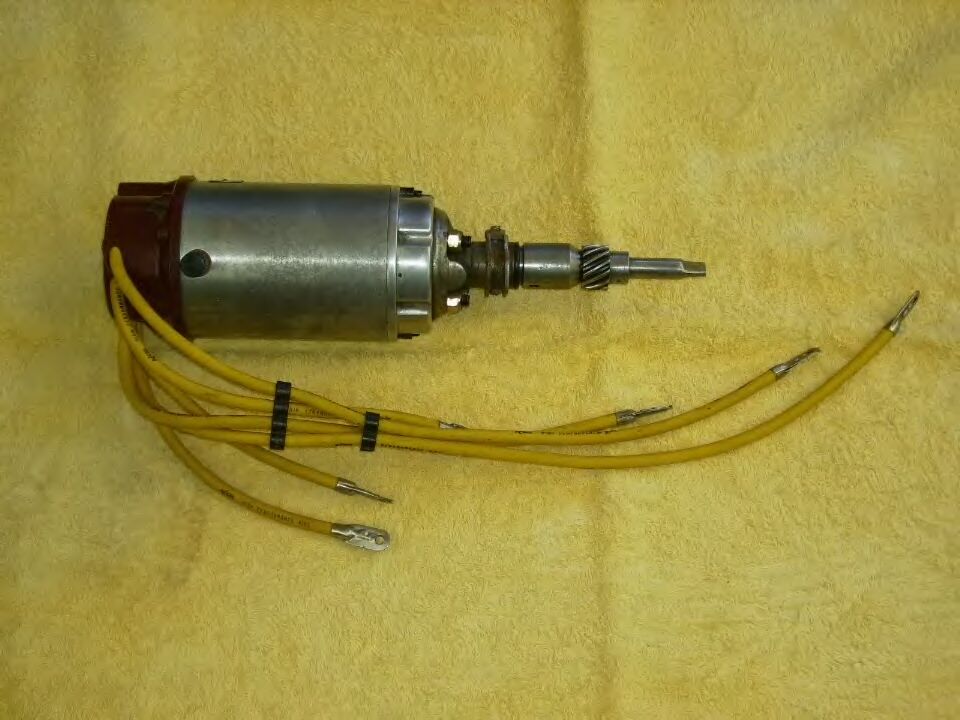 \
\

